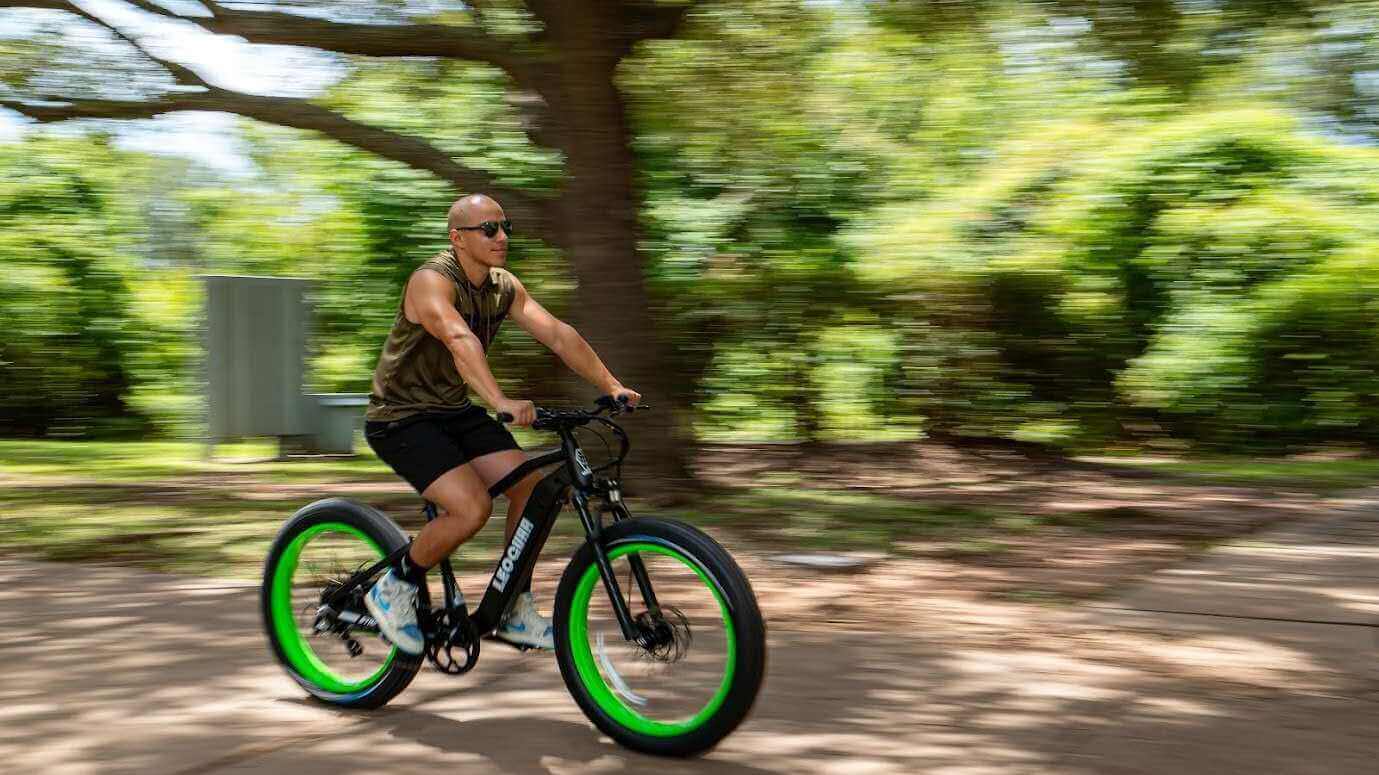
Can a 48V Lithium Battery for Electric Bike Power 1000W?
Yes, a 48v lithium battery for electric bike can power a 1000W motor. But there's an important detail we learned from years of building and testing e-bikes: not all 48V batteries work the same way. The voltage number on the battery pack doesn't tell you everything you need to know. The real secret to getting the most from your motor is finding a battery that can deliver enough power safely and consistently.
A bad match can cause poor performance, make your battery die quickly, or even cause your whole system to fail when you need it most. In this guide, we will show you exactly what you need to know. We'll explain the important specs beyond just volts, teach you how to match your battery to your 1000W motor for the best performance and safety, and give you a simple checklist to pick the right one for what you need.
More Than Voltage: Understanding Amps
The biggest mistake people make is only looking at voltage. To really understand how to power a 1000W motor, you need to learn how Volts, Amps, and Watts work together. This is the most important idea for avoiding an expensive mistake.
The Power Equation
Think of your e-bike's electrical system like a water hose. Voltage is the water pressure. Amperage is how fast the water flows through the hose. Wattage is the total power, which combines the pressure and flow together.
The math is simple: Volts x Amps = Watts. For your 1000W motor, we can figure out how many amps it needs from the battery to make its maximum power. Take 1000 Watts divided by 48 Volts, and you get 20.83 Amps. This means your motor will need about 21 amps from the battery when you're speeding up hard or going up a steep hill. This number is your starting point.
Continuous Discharge: The Key Spec
Every lithium battery has something called a "continuous discharge rating." This tells you the maximum current the battery can safely give over a long time without getting too hot or breaking. The Battery Management System and the quality of the cells inside determine this rating.
For a 1000W motor that needs 21A, a battery rated for only 20A continuous discharge won't work well. We always suggest having extra safety room. For a 1000W system, you should look for a battery with at least 25A to 30A continuous discharge rating.
This makes sure the battery isn't always running at its absolute limit, which prevents stress, reduces heat, and makes it last longer. For more details about this measurement, you can learn about understanding the C-rate and discharge capabilities of lithium cells.
Risks of a Low Rating
Picking a battery with too low a continuous discharge rating will cause problems and possible failure. Here's what happens:
Power Cuts: The Battery Management System will detect too much current draw during high-demand times and cut power to protect the cells. Your bike will suddenly feel like it shut off.
Overheating and Damage: Pushing a battery past its limits creates too much heat, which is the worst enemy of lithium-ion cells. This can permanently damage the cells and create danger.
Reduced Lifespan: Always over-stressing your battery will greatly reduce how long it lasts. A battery that should work for years might break in just months.
Sluggish Performance: Your bike will never feel as powerful as it should. It will feel slow when speeding up and struggle on hills because the battery can't give the power the motor wants.
Capacity (Ah) for Range
Once you know a battery can deliver the power you need, the next question is how long it can deliver that power. This is where capacity comes in, which decides how far you can ride.
Amp-Hours vs. Watt-Hours
Amp-hours (Ah) is the most common way to measure a battery's capacity. Think of it as the size of your fuel tank. A 20Ah battery can give twice the energy of a 10Ah battery.
Watt-hours (Wh) is the most accurate way to measure total energy stored in the battery. It's the best way to compare range between batteries of different voltages. The math is simple: Volts x Amp-hours = Watt-hours. For example, a 48V 15Ah battery has 720Wh of energy (48 x 15 = 720). From our experience, a typical 1000W motor setup will use between 20-30 Wh per mile. This number changes a lot based on rider weight, terrain, tire pressure, and especially how much you use the throttle versus pedal assist.
Estimating Your Range
You can estimate your realistic range with a simple formula. We suggest using a 0.7 multiplier on the total Watt-hours to account for not draining your battery to 0% (which is bad for its health) and for natural performance loss over time.
(Battery Wh × 0.7) ÷ (Your average Wh per mile) = Realistic Range For example, with an 840Wh battery and an average use of 25 Wh/mile: (840 × 0.7) ÷ 25 = 23.5 miles.
To make it easier, here is a table showing the estimated realistic range you can expect from common 48V battery sizes when paired with a 1000W motor. These are based on real-world testing and reports from discussions from other riders about their real-world range.
| 48V Lithium-Ion Battery Size | Watt-Hours (Wh) | Estimated Realistic Range (Miles) | Best For |
|---|---|---|---|
| 13Ah | 624 Wh | 15 - 22 miles | Short commutes, flat terrain |
| 17.5Ah | 840 Wh | 20 - 30 miles | All-around use, moderate hills |
| 21Ah+ | 1008+ Wh | 25 - 40+ miles | Long-distance, heavy throttle use, steep hills |
Real World Performance Scenarios
Technical specs are one thing; how the bike actually feels to ride is another. Based on our experience building and riding these setups, here's what you can expect from different battery choices for your 1000W motor.
The Urban Commuter
Rider Profile: You ride mostly flat city streets, deal with frequent stops and starts at traffic lights, and your typical trips are between 5-10 miles.
Battery Choice: A quality 48V 13Ah battery with a 30A BMS is a great fit.
The Experience: The 1000W motor will feel incredibly powerful and responsive, giving you instant acceleration from a standstill to get ahead of traffic. The range is more than enough for daily round trips with extra room, and the lighter weight of a smaller battery makes the bike feel more nimble and easier to carry if needed.
The Suburban Explorer
Rider Profile: Your rides include rolling hills, longer commutes of 15-20 miles, and you enjoy a mix of pedaling with assist and using the throttle for fun.
Battery Choice: We strongly recommend a robust 48V 17.5Ah 48v lithium ion battery for electric bike with a 30A-40A BMS.
The Experience: This is the sweet spot for many riders. You'll feel the motor pull strongly and consistently up sustained hills without any fear of the BMS cutting out. The extra capacity eliminates range worry, giving you the confidence to explore new routes or take the long way home. The bike maintains good speed even on long inclines without feeling strained.
The Off-Road Power User
Rider Profile: You demand maximum performance. You're tackling steep off-road trails, using the throttle heavily for bursts of speed, and want uncompromising power on demand.
Battery Choice: A high-capacity 48V 21Ah+ battery is essential. Crucially, it must be built with a high-performance 40A+ BMS and premium cells from brands like Samsung, LG, or Molicel.
The Experience: This is where the 1000W motor truly comes alive. The battery can handle the long, sustained power draws required to conquer steep, loose terrain. There's no power sag or overheating, just instant, thrilling torque whenever you twist the throttle. This setup provides the most exciting ride and the confidence to tackle the most challenging environments.
The Smart Buyer's Checklist
To put everything together, we've created a practical checklist. Check these four things before you buy any 48v lithium battery for electric bike to avoid common and costly mistakes.
1. Check Discharge Rating
This is your number one priority. Do not buy a battery if the continuous discharge rating is not clearly listed. For a 1000W motor, look for a minimum of 30A. Be very careful of sellers who only list a "Max" or "Peak" discharge rating; the continuous rating is what guarantees performance and safety during normal, sustained use.
2. Scrutinize Cell Manufacturer
A battery pack is only as good as its weakest cell. The difference between a premium battery and a cheap, unreliable one comes down to the quality of the individual lithium-ion cells inside. Batteries built with cells from reputable manufacturers like Samsung, LG, Panasonic, or Molicel consistently deliver better performance, a longer lifespan, and higher safety standards. If the seller lists "generic" cells or won't tell you the brand, consider it a major red flag, a sentiment echoed in many e-bike forums where users compare battery cell quality.
3. Check the BMS Specs
The Battery Management System (BMS) is the brain of your battery. It's a small circuit board that protects the pack from over-charging, over-discharging, short-circuiting, and overheating. A cheap, under-specced BMS paired with a high-power battery is a common point of failure. Make sure the BMS's continuous discharge rating meets your motor's needs (e.g., a 30A BMS for a motor drawing 21A). A quality supplier will always list the BMS specs, as a reliable Battery Management System is a key selling point.
4. Verify Size and Connectors
This is a simple but surprisingly common oversight. Before you buy, measure your bike's frame to make sure the battery will physically fit. Many online listings provide detailed dimensions. Also, check the power connector. Does the battery use the same connector as your motor controller? Common types include XT60 (yellow), XT90 (larger yellow), and Anderson Powerpole (red and black). Mismatched connectors will require you to do some soldering or buy an adapter, so it's best to get it right from the start.

Power Your Ride Confidently
So, to return to our original question: can a 48V battery power a 1000W motor? The answer is an emphatic yes, but only if you choose wisely. The success of your high-performance e-bike build depends on selecting a battery that is properly matched to the motor's demands. By focusing on these three critical factors, you can make a confident and informed decision:
- Sufficient Continuous Discharge (Amps) to handle the motor's peak power draw without stress.
- Adequate Capacity (Ah) to meet your personal range requirements and avoid worry.
- High-Quality Components (brand-name cells and a robust BMS) for long-term safety, reliability, and performance.
By paying attention to these key details, you can confidently select the perfect Leoguar 48v lithium battery and unlock the thrilling performance your 1000W motor was designed to deliver.
Frequently Asked Questions
1. Q: What happens if I use a 48V battery with too low a continuous discharge rating for my 1000W motor?
A: Your bike will experience power cuts during high-demand situations like hill climbing or quick acceleration. The Battery Management System will shut off power to protect the battery, making your ride feel sluggish and unreliable.
2. Q: How do I calculate the minimum amp rating I need for my 1000W motor?
A: Divide your motor's wattage by the battery voltage: 1000W ÷ 48V = 20.83A. We recommend adding a safety margin, so look for batteries with at least 25-30A continuous discharge rating.
3. Q: Can I use a higher capacity battery (like 21Ah instead of 13Ah) with my 1000W motor?
A: Yes, using a higher capacity battery is perfectly safe and will give you longer range. Just make sure the continuous discharge rating still meets your motor's needs (minimum 25-30A for 1000W).
4. Q: What's the difference between peak discharge and continuous discharge ratings?
A: Peak discharge is the maximum current a battery can deliver for very short bursts (usually seconds). Continuous discharge is what the battery can safely deliver over extended periods. For e-bike performance, continuous discharge rating is what matters most.
5. Q: How can I tell if a 48V battery uses quality cells?
A: Look for batteries that clearly state they use cells from reputable manufacturers like Samsung, LG, Panasonic, or Molicel. Avoid batteries that list "generic" cells or don't specify the cell manufacturer at all.
































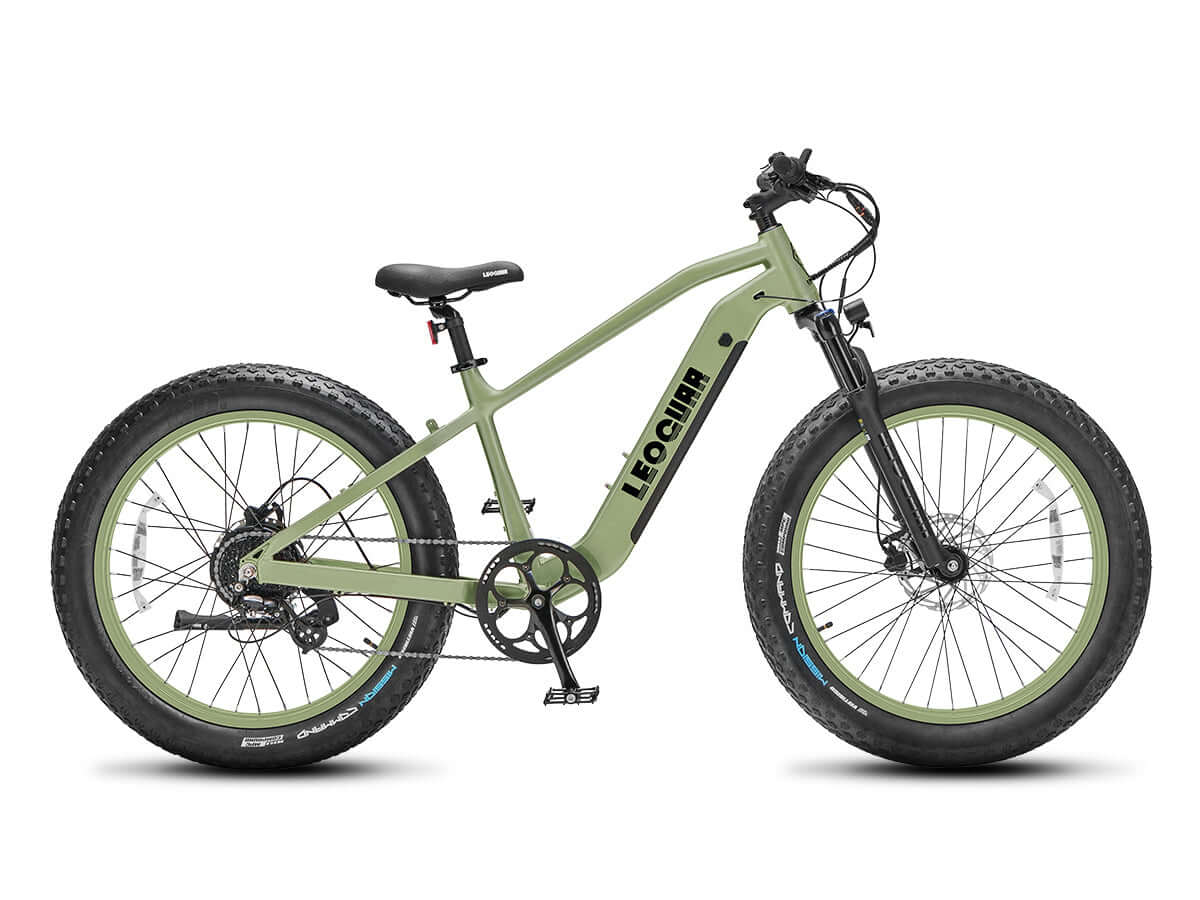
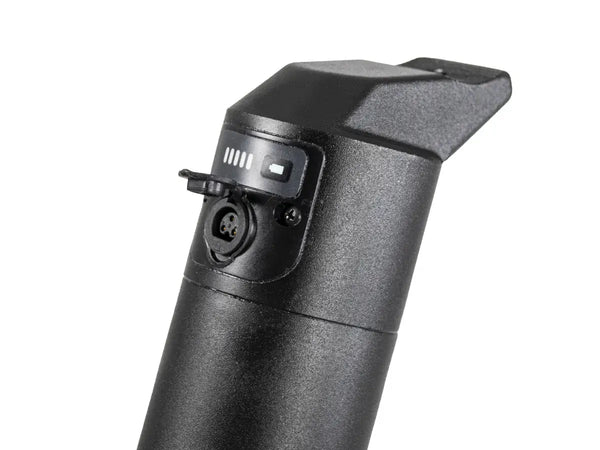
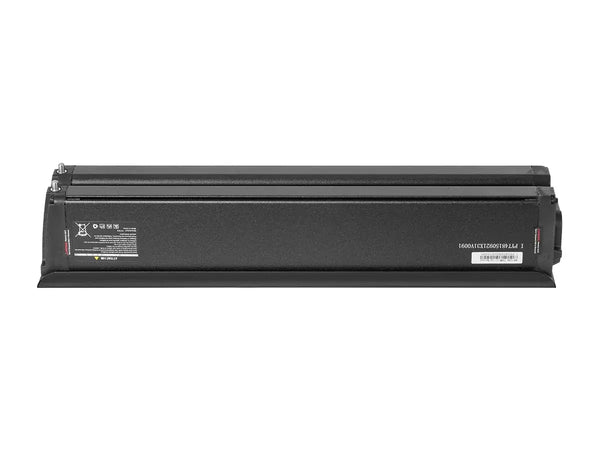
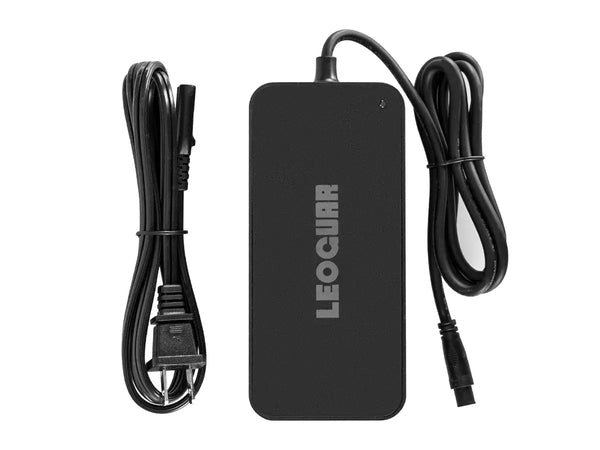








Leave a comment